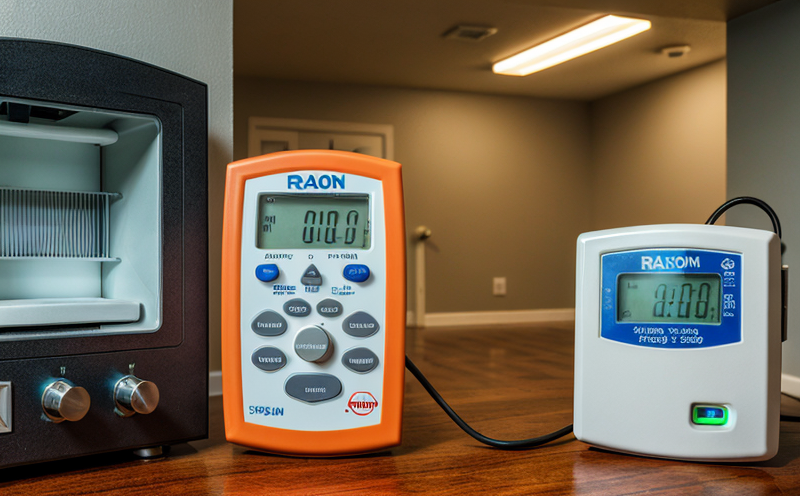ISO 11665-9 Radon Measurement in Building Construction Materials
The ISO 11665 series of standards provides a robust framework for the measurement and control of radon gas, which is one of the leading causes of lung cancer. The specific standard we focus on here, ISO 11665-9, addresses the measurement of radon in building construction materials used within the building envelope.
Radon, a colorless, odorless, and tasteless gas, can seep into buildings through cracks or gaps in floors, walls, foundations, and other structural components. Elevated levels of radon pose significant health risks to occupants, making its accurate measurement critical during construction phases. This standard ensures that all building materials are tested for their potential contribution to indoor radon levels.
Testing follows a structured process involving the collection and analysis of samples from various types of construction materials, including concrete, stone, gypsum board, insulation products, and more. The primary goal is to identify any material that could release radon into an enclosed space once installed in a building.
The ISO 11665-9 protocol involves several steps: selecting appropriate sampling points, preparing the specimens for analysis, deploying monitoring devices, and interpreting results according to predefined acceptance criteria. Compliance with this standard helps ensure safer indoor environments by minimizing exposure risks associated with radon gas.
Our laboratory adheres strictly to ISO 11665-9 guidelines throughout every phase of testing, from initial consultation to final report generation. By doing so, we provide reliable data that supports informed decisions regarding material selection and use in construction projects.
Understanding the importance of radon measurement is crucial for maintaining high standards in building safety and health. This standard plays a vital role in protecting public welfare by ensuring that all materials used contribute positively to indoor air quality. As part of our comprehensive testing services, we offer ISO 11665-9 compliant radon measurements tailored specifically towards construction material evaluation.
Our team of experts uses advanced equipment and techniques to ensure accurate results, providing clients with peace of mind knowing their projects meet stringent international standards. With a deep understanding of both the technical aspects and practical implications of this standard, we are committed to delivering exceptional service that exceeds expectations.
Applied Standards
| Standard Number | Description |
|---|---|
| ISO 11665-9:2018 | Guidelines for the measurement of radon in building construction materials. |
Benefits
The implementation of ISO 11665-9 ensures that only safe and reliable building construction materials are used, reducing the risk of radon infiltration into indoor spaces. This not only enhances occupant health but also contributes positively to overall environmental sustainability efforts.
By adhering to these stringent testing protocols, we help our clients comply with regulatory requirements while simultaneously improving their reputation for quality and safety. Our expertise in this area allows us to offer valuable insights into material selection processes that align with best practices recommended by leading organizations worldwide.
Why Choose This Test
- Ensures compliance with international standards.
- Provides accurate and reliable data for informed decision-making.
- Promotes safe indoor environments by minimizing radon risks.
- Supports sustainable construction practices that prioritize public health.





